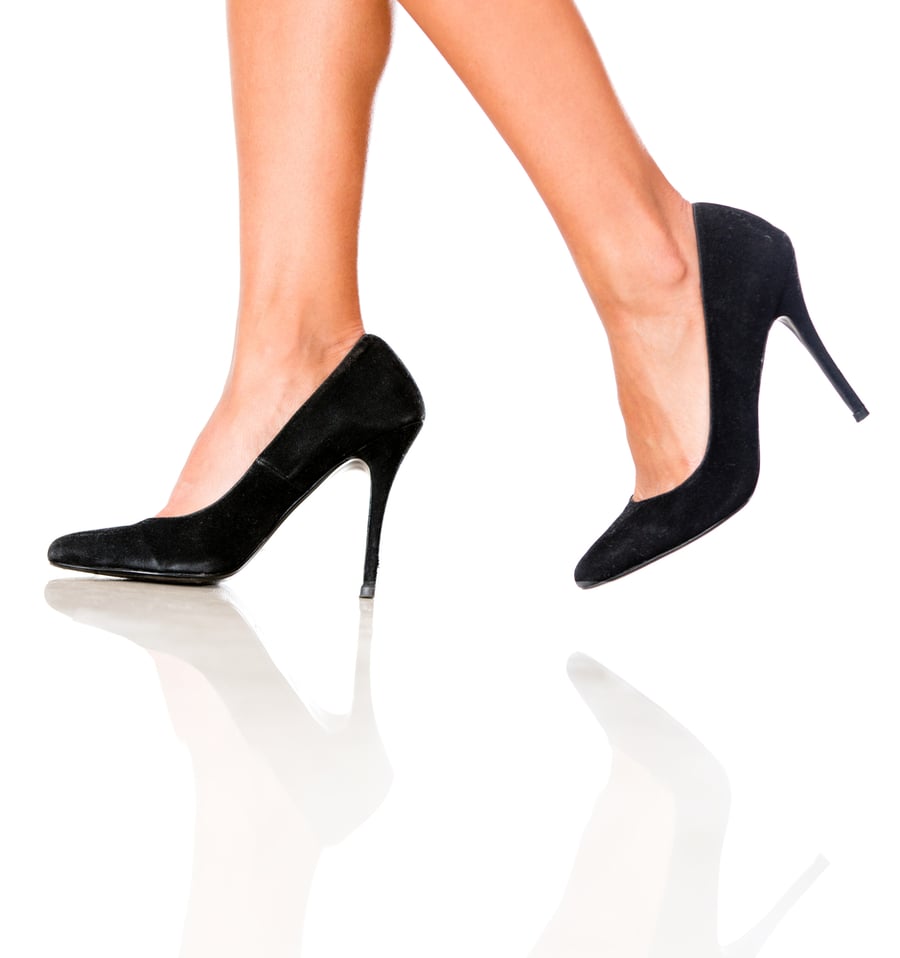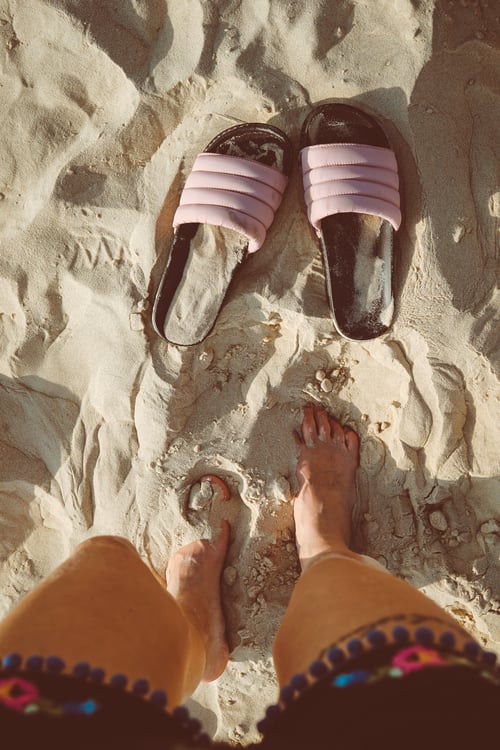
High heels are a wardrobe staple for many fashion-minded women. This particular accessory does have downfalls, unfortunately, including a number of chronic negative health effects on the feet and on the rest of the body.
1. Damaged Toenails
High heels are a common cause of ingrown toenails, a condition in which the edges of the toenail grow into the surrounding soft flesh. High heels can cause ingrown toenails by compressing the toes together, which prevents the toenail from growing properly. The chronic pressure from the high heels can also cause the nail to puncture the skin, and this can lead to infection.
2. Worsened Bunions
Wearing high heels can cause or worsen bunions, which are painful bony bumps that can develop on the inside of the foot at the big toe joint. High heels cause the feet to slide forward in the shoe; this causes pressure on the big toe joint that can cause the big toe to lean in toward the second toe. Over time, this can change the normal bone structure of the foot to create the bunion bump. Continued use of high heels can worsen the deformity and pain of bunions.
3. Knee and Hip Pain
Walking in high heels causes wearers to bend their knee joints more, and this can increase the amount of weight placed on the knee joints. Walking this way can also strain knee and hip joints. Prolonged use of high heels can even trap nerves and trigger fractures.
4. Increased Risk of Osteoarthritis
Research shows that wearing heels measuring 3.5” or higher increases the lifetime risk for developing osteoarthritis, a debilitating condition that occurs when the protective cartilage at the ends of bones wears down. Osteoarthritis of the knee is twice as common in women as it is in men, and scientists attribute the difference to the use of high-heeled shoes.
5. Muscle Pain and Muscle Spasms
The plantar fascia of the foot is a thin but tough layer of tissue that connects the toes to the heel. The plantar fascia also connects the foot to the calf muscle, which then connects to the hamstrings that attach to the pelvis and lower back. Because of this connection between the feet and the back, wearing high heels can cause backaches. Furthermore, high heels causes wearers to walk on the balls of their feet and shift the center of gravity forward, which forces the wearers to arch their backs when they stand; arching the back in this way further contributes to back pain.
Wearing high heels for a long time can shorten the muscles in the wearer’s calves and back, which can lead to muscle pain and spasms. High heels also put the foot at an angle and pull the muscles and joints of the feet, legs and back out of alignment. Wearing heels for a significant amount of time can cause low back, neck and shoulder pain.
For more information on the long-term effects of wearing high heels, make an appointment with Sweeney Foot & Ankle Specialists. D. Sean Sweeney, D.P.M., and Christy Leahey, D.P.M., are Texas foot and ankle specialists with the training and expertise needed to diagnose and treat foot problems associated with wearing high heels.






